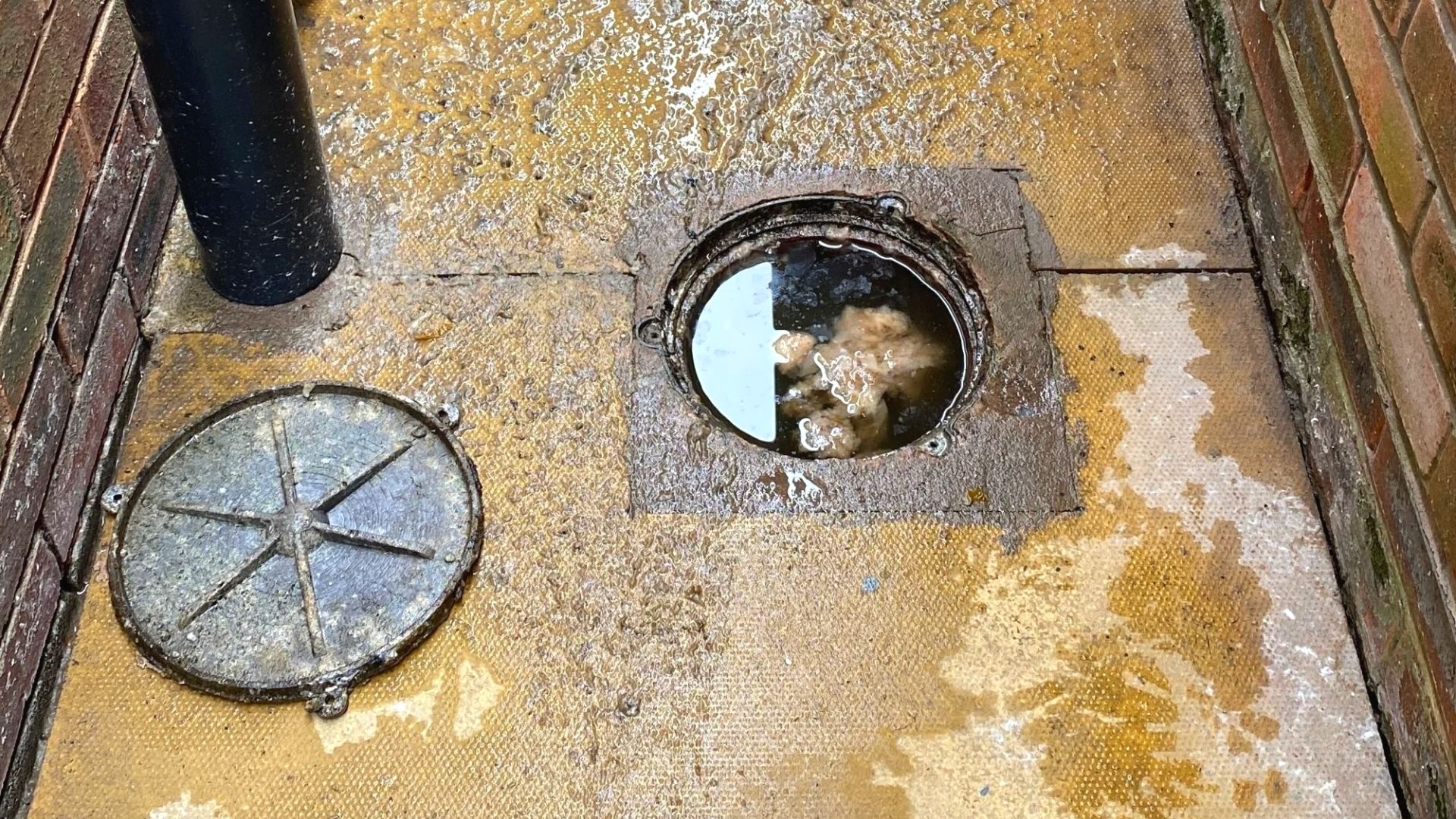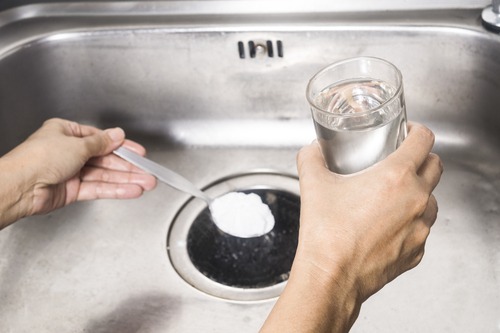Pointers for Handling a Blocked Drain Prior to Contacting Experts
Pointers for Handling a Blocked Drain Prior to Contacting Experts
Blog Article
Do you find yourself in search of related information about How to handle a clogged drain in your home?

Intro
Handling an obstructed drain can be an irritating experience, interfering with everyday tasks and potentially triggering damage to your property. Nonetheless, prior to reaching out to plumbing professionals, there are steps you can require to resolve the problem yourself. In this guide, we'll check out do it yourself remedies and preventive measures to take on a blocked drain successfully.
Recognizing the Issue
The primary step in dealing with a blocked drain is recognizing the indications. Sluggish drain, gurgling audios, foul odors emanating from drains pipes, or water support up are common indications of a blocked drainpipe. Identifying these indicators early can assist stop additionally issues.
Picking the Right Pipes Solution
When choosing a plumbing solution, consider aspects such as experience, licensing, and client testimonials. Select a reputable plumbing professional with a track record of quality craftsmanship and clear pricing methods.
Price Considerations
The cost of expert drainpipe cleaning company can vary depending on the severity of the clog and the plumbing professional's prices. Demand quotes from numerous suppliers and inquire about any type of added fees to ensure openness and prevent surprises.
Safety and security Precautions
When trying DIY drainpipe cleansing, focus on safety and security. Put on protective gloves and eyeglasses to prevent contact with hazardous chemicals or microorganisms. Never ever blend different drain cleaning items, as this can generate dangerous fumes.
Case Researches
Real-life examples highlight the effectiveness of do it yourself options and the importance of timely expert intervention in resolving drain obstructions.
Typical Causes of Obstructed Drainpipes
Comprehending the aspects that contribute to drain pipes obstructions is crucial for efficient resolution. Usual offenders include hair, soap residue, oil, food particles, and foreign objects like sanitary items or paper towels. Tree roots getting into underground pipelines can also cause considerable obstructions.
DIY Solutions
For minor obstructions, numerous DIY services can be reliable. Pouring boiling thin down the drain can assist liquify oil and particles. Sodium bicarbonate and vinegar or a combination of salt and baking soda can serve as natural cleaners. Making use of a plunger or plumbing serpent to dislodge obstructions is another option.
Tools and Equipment
Having the right devices on hand can make do it yourself drainpipe cleansing extra reliable. A plunger is a flexible tool for getting rid of obstructions in sinks, bathrooms, and showers. A plumbing serpent or auger can reach much deeper obstructions, while drainpipe cleansing chemicals can be used carefully for stubborn blockages.
Preventive Measures
To avoid future clogs, adopting safety nets is crucial. Mount drain guards or strainers to capture hair and particles prior to they go into the pipes. On a regular basis flush drains pipes with warm water to liquify grease accumulation, and avoid disposing of oil or strong waste away.
When to Call a Specialist
While DIY options can settle small clogs, certain indications show the need for specialist assistance. Consistent blockages, foul odors despite cleaning up efforts, or several drains pipes supporting all at once are red flags that require expert intervention.
Conclusion
By complying with the pointers detailed in this guide, you can properly deal with obstructed drains pipes and stop future pipes concerns. Whether selecting DIY services or seeking expert support, prompt action is crucial to keeping a healthy plumbing system and protecting the integrity of your home.
How to Clear a Clogged Drain Yourself (And When to Call In the Professionals)
What Can Clog a Drain
Dirt Skin flakes Hair Grease Soap scum Food Offset pipes Tree roots Small objects Mineral buildup DIY Tricks to Unclog a Drain
You can fix this! Once you have identified the source of the clog (or have a vague idea), you can try one or a combination of these fixes in order to clear your plumbing.
Wire Hanger or Snake
Untangle and clear out hair from a drainpipe with a homemade snake. Use a straightened-out wire hanger with a 90-degree angle hook to locate the clog and drag out any unwanted material.
Remember not to push the clog further down to where the wire hanger cannot reach! If you need to follow up with a plunger, give it a try. Your efforts might be more successful after it’s been wire-snaked.
If you want to get fancy and don’t have a wire hanger to spare, head to the store and pick up a hand-operated drain snake. You can get one for $10-$30. It may save you the hassle, and provide additional length to reach deep into the clogged pipe.
Plunger
A cup plunger has a suction cup attached to a wooden handle. The rubber creates a seal around the drain, and increases the pressure force of the plunger.
Plunge for 30-second increments to loosen the clog. This may need to be repeated over the course of 15-20 minutes. Once plunged, run the water to flush the remaining material out of the drain.
Remember– never use a plunger if you have used a chemical drain cleaner. These chemicals can splash up from the force of the plunger and cause serious injury or burns.
Boiling Water
Hot water can sometimes break up materials into a flushable amount. Dirt, grease, and soap buildup requires heat in order to unstick from surfaces.
Take your kitchen kettle and heat your water to a boil. Once it reaches a rolling boil, pour it directly down the drain into the blockage. Carefully follow with plunging, if necessary.
Don’t worry if this takes more than one try! It can often take multiple kettles and repeated plunging in order to clear a particularly stubborn clog.
Chemical Drain Cleaner
As a last resort, pick up a bottle of chemical drain cleaner. Drain-cleaning chemicals are potent, and not very good for the environment.
You may need to wear protective eyewear in gloves before handling your bottle of chemical drain cleaner. Follow the instructions printed on the bottle, and flush with water as soon as the instructions allow. Do not follow with plunging.
Baking Soda and Vinegar
As a safer alternative to chemical drain cleaner, baking soda and vinegar can create a chemical reaction that clears tough clogs.
Combine one cup of cleaning vinegar with one cup of boiling water, and set aside. Once you have done this, pour half a cup of baking soda down the drain. Give the baking thirty seconds to settle and cover a large portion of the problem drain.
Following the baking soda, pour down your vinegar and hot water solution. Once the vinegar and baking soda combine, the mixture will bubble and fix. Let this reaction fizzle in the drain for about an hour.
After an hour, follow with a kettle’s worth of hot water. The heat and liquid should flush out any remaining material.
When to Call a Plumber
If your DIY attempts haven’t cleared your clog drain, it’s time to call in a professional. It’s not worth losing access to your kitchen sink or high-traffic bathroom. A clog in a vital area can keep you from the things you’d rather be doing, and derail your routine.
Anytime a clog is causing water to spread is a time to call in a plumbing service. What starts out as a little bit of water can quickly grow into serious, expensive water damage.
Additionally, a serious clog can result in burst pipes or serious leaks. Make sure you know when to take it seriously!
https://myguysnow.com/how-to-clear-a-clogged-drain-yourself-and-when-to-call-in-the-professionals/

As a fervent person who reads about What I learned from trying to deal with a clogged drain, I figured sharing that excerpt was smart. Sharing is nice. Helping people is fun. Thanks so much for your time invested reading it.
Learn More Report this page